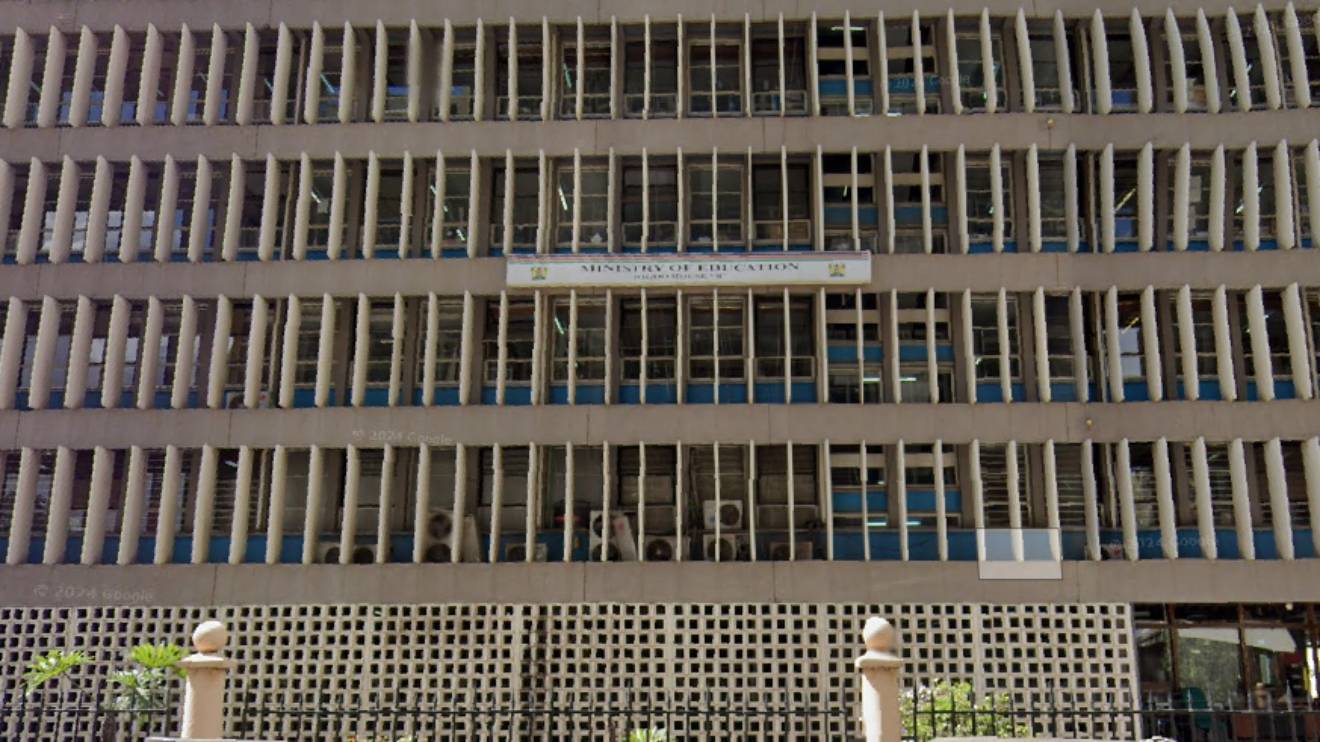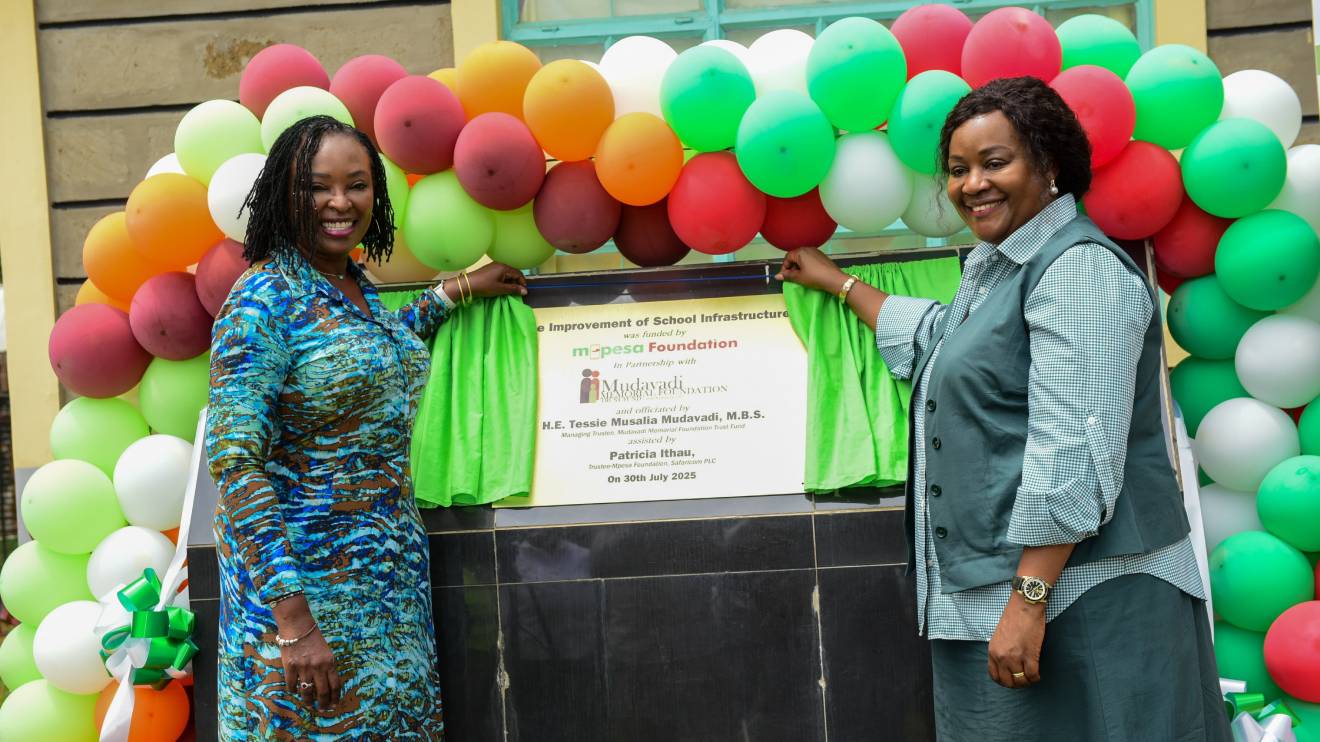The Ministry of Education has disclosed the full framework for placing learners into Grade 10 beginning 2026, as the Competency-Based Curriculum (CBC) moves into its senior school phase.
Shaped by five key considerations, the process will centre on learners’ career pathways, performance, aptitude, equity, and institutional capacity.
Fred Odhiambo, the Deputy Director of Education, said on Wednesday that placement into senior schools would follow a structured selection system that accounts for “pathways and accommodation, which are day and hybrid senior schools, gender, and special needs.”
The incoming Grade 10 cohort, currently in Grade 9, will transition in 2026 after sitting for the Kenya Junior Secondary Education Assessment (KJSEA), scheduled to run from 27th October to 5th November.
According to Odhiambo, selection into senior schools will reflect the students’ performance in the KJSEA alongside their chosen fields of specialisation.
Read More
CBC’s senior school phase is divided into three broad pathways—Science, Technology, Engineering, and Mathematics (STEM); Arts and Sports Science; and Social Sciences. Senior schools will either be triple pathway institutions, offering all three routes, or dual pathway schools, specialising in two.
Odhiambo said that each learner will select a total of 12 schools, broken down into three sets of four, corresponding to their first, second, and third subject combination choices.
He added that out of the 12 schools, “nine should be boarding schools – three from the learners’ home county and six should be outside their home county – while three should be day schools in their home sub-county.”
The five pillars that will govern learner placement include:
Choice – Learners’ preferences regarding pathways, subjects, and institutions will guide initial considerations.
Merit – Performance in Grade 9 assessments will play a central role.
Psychometric Tests – Administered jointly by the Kenya National Examinations Council (KNEC) and schools, these will assess “aptitude, interest, and talent identification.”
Equity – A regional balancing mechanism will be applied to ensure fair distribution of students across institutions.
Capacity – Final placement will hinge on the available resources and space within a chosen school.
The placement system, modelled to align with both learner potential and national education equity goals, is a continuation of the CBC’s shift away from exam-centric transitions.
With learners making structured school choices and undergoing both merit and psychometric evaluations, the ministry aims to match talent with opportunity while managing limited infrastructure nationwide.






-1752797011.jpeg)




